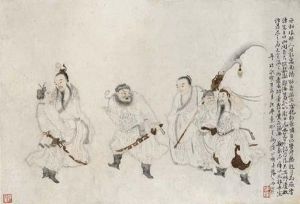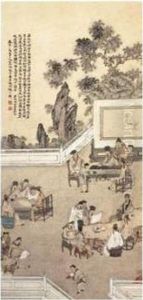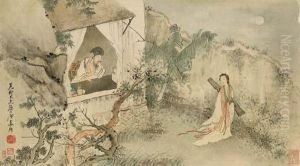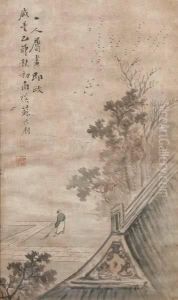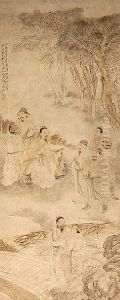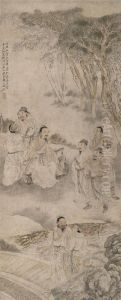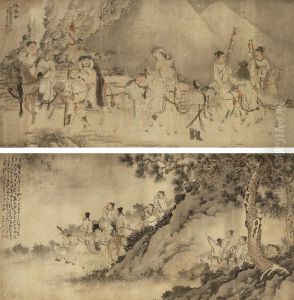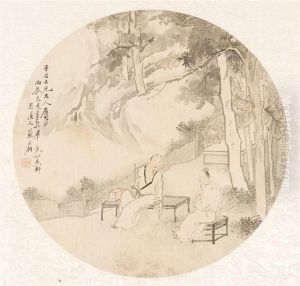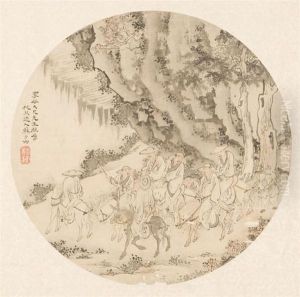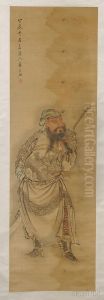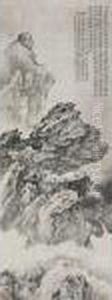Su Liupeng Paintings
Su Liupeng, a prominent figure in Chinese art history, was born in 1819 and passed away in 1884. He was a multifaceted artist, best known for his achievements in Chinese opera and painting, particularly in the field of Shan Shui (mountain-water) landscapes and figures. Though he was not as prominent outside of China, his contributions to the traditional Chinese art forms have been recognized and revered within the country.
Su Liupeng was deeply entrenched in the cultural and artistic movements of the Qing Dynasty, a period known for its rich contributions to Chinese literature, art, and philosophy. His works were a reflection of the era's aesthetics, combining classical techniques with his unique personal style. Su Liupeng was especially adept at ink paintings, a traditional Chinese art form that emphasizes fluidity, grace, and the expressive power of brush strokes.
Aside from his artistic prowess, Su Liupeng was also involved in the literary circles of his time, contributing to the preservation and development of traditional Chinese opera. His passion for opera was not only evident in his participation but also in the influence it had on his visual art. The dynamism and emotional depth characteristic of Chinese opera can be seen in the figures and scenes he depicted in his paintings.
Throughout his life, Su Liupeng was dedicated to the cultivation and promotion of traditional Chinese arts. He was a teacher to many, passing on his skills and knowledge to a new generation of artists. This mentorship helped ensure the continuity of traditional techniques and styles, even as China faced rapid modernization and cultural shifts in the years following his death.
Su Liupeng's legacy is preserved in various art collections and museums in China, where his works continue to be studied and admired. His contributions to Chinese art and culture are remembered as an integral part of the rich tapestry of China's artistic heritage, embodying the spirit and values of his time.

